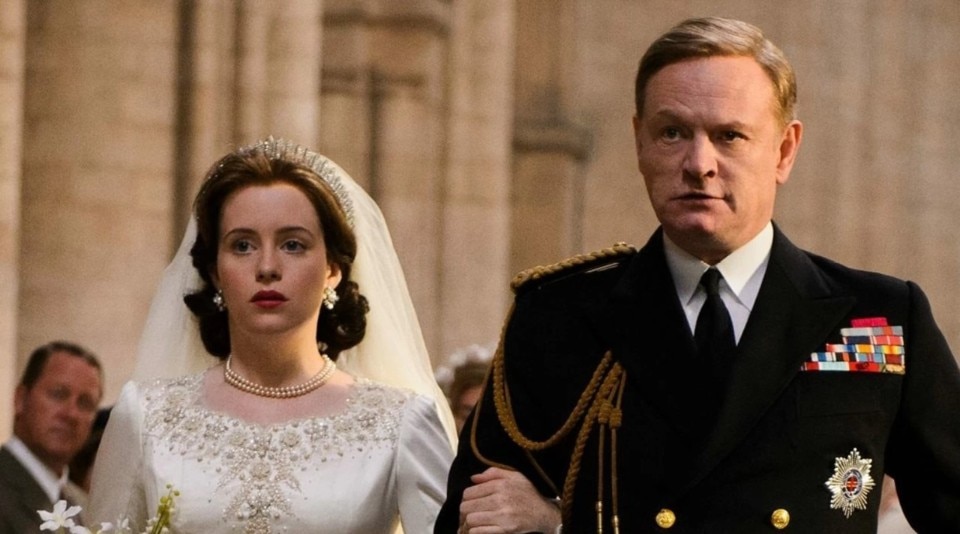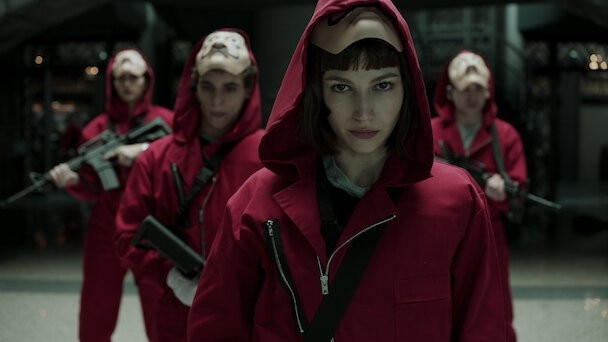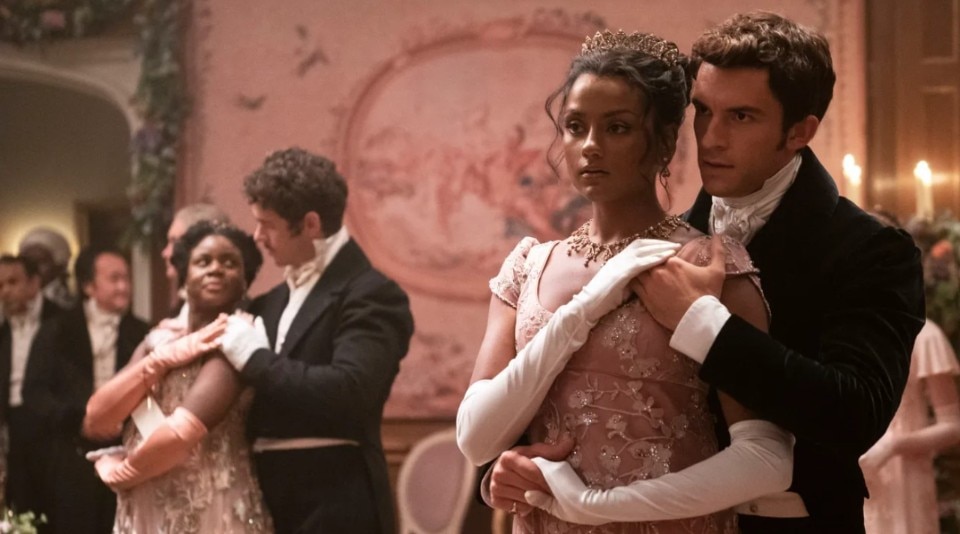When Netflix launched House of Cards, it wasn’t just its first in-house production; it was an ambitious attempt to assert independence. Until then, the movies and shows on the platform had come from other studios or production companies, the same ones that would soon reclaim their content to create and upload to their own platforms. Netflix decided to become not just a distributor of content, but a producer, crafting its own work, in its own way, to attract the viewers it sought. Today, Netflix is very different. Since 2013, the audience it seeks and the content it produces have changed significantly.
The story of Netflix in five TV series is the story of how this platform and global consumption have evolved over ten years. Through Netflix’s choices and the critical success of its series, we can trace an anthropological shift in the composition of the platform’s audience and, consequently, in what we watch.
1. House of Cards (2013)

This is where it all begins, not just for Netflix. The plot is inspired by a British miniseries of the same name produced for the BBC, but showrunner Beau Willimon completely reimagined it. Sparing no expense, Netflix convinced David Fincher and Kevin Spacey to join the project. At the time, it was rare for big names in film to get involved in a series; Spacey and Fincher broke new ground, not least because House of Cards wasn’t just a high-quality series (there had already been several), but it had the gravitas, density, and gripping power of a film. And that was exactly what it was: something that would convince people to pay for a subscription. In retrospect, it was also something sadly predictive.
When, after several seasons, the storyline took the despicable and cynical protagonist Frank Underwood to the presidency of the United States, it felt as though the show had stretched into fantasy. The character’s vile nature seemed too far-fetched, and when the next season even hinted at an attempted coup, it appeared an unthinkable exaggeration for America.
2. The Crown (2016)

The feat of The Crown is almost impossible: to condense the reign of Elizabeth II into six seasons, not only with the aim of explaining and recounting it but also clarifying to the world the meaning of the monarchy, why royals behave as they do, how they make decisions, and the weight of their roles today. It is no exaggeration to say that only Peter Morgan, former author of The Queen and one of Britain’s finest screenwriters, could have written it.
This was not, nor was it intended to be, a show for everyone, but like the cable networks, Netflix in its early years juxtaposed popular products with high-quality productions that sparked discussion and debate. Each season of The Crown was an event, even when only a few people watched it, a fixture at awards shows, and a glittering showcase. By 2016, Netflix was the place for quality, where royalty could be portrayed without compromise (Prince Harry later said that not everything was accurate, but that it gave a fair idea of what it was like to live inside the British monarchy).
In recent seasons, as the story approaches contemporary times, the show has become more sympathetic to the monarchy, even glossing over some of the more questionable aspects of the current king’s life. This shift reflects a broader decline in the platform’s artistic ambitions.
3. Money Heist (2017)

Unlike its competitors, Netflix has found immense success producing hits outside the United States. While Prime Video and Disney+ have been producing local content for years, none have matched Netflix’s consistency, commitment, and results. Money Heist (La Casa de Papel) is the pinnacle of this trend. Álex Pina’s Spanish series, originally aired on Antena 3 and later acquired by Netflix and rebroadcast worldwide, is an immense success that has spawned several seasons, spin-offs, prequels, and a host of other derivative products. The Dali mask worn by the main characters has become one of the symbols of Netflix itself.
The plot of Money Heist encapsulates much of what series had become by this point: phenomenal plot points and questionable outcomes. A group of robbers locks themselves in the Royal Mint to print money, with hostages in tow, and the series follows the heist and their numerous escape attempts. Unlike the great series of previous years designed for 20 episodes per season, Money Heist was more concise, with seasons around 10 episodes, reflecting a shift in seriality by 2017. Novelty had become paramount for Netflix.
4. Bridgerton (2020)

When Shonda Rhimes signed an exclusive deal with Netflix, the number made headlines. The writer and showrunner who created Grey’s Anatomy closed the deal for $100 million. Her first creation was an instant hit: Bridgerton is a revision of traditional women’s fiction for a new female audience. Everything romantic we associate with nineteenth-century courtship and everything ruthless we associate with the palace intrigues of that era is stripped of its white, elitist component.
Bridgerton embraced the fictional nature of history, inventing a multicultural nineteenth century with people of all ethnicities and backgrounds. It broadened the range of representation, revising traditional storytelling without losing its charm – essentially, Jane Austen for an audience with progressive ideas who don’t want to try too hard. From this success, Netflix learned that new trends in minority representation are a gold mine, and it did not part with them. Its productions then became increasingly representation-driven, aimed at audiences tired of the monochromatic world of generalist TV series.
5. Squid Game (2021)

The multiple lockdowns during the pandemic saw Netflix’s subscriber numbers soar. With everyone stuck at home, a Netflix subscription became almost essential. During this period, a series produced in South Korea (a hotbed of success for the Asian market, consumed also in other countries in the region), initially aimed at a niche audience, exploded in popularity. Squid Game became the most-watched series ever, surpassing all American productions, with many viewers watching it with subtitles. This was a significant shift; Netflix users had become accustomed to this with shows like Narcos, a series half in English and half in Spanish, which had already shown that Americans, historically resistant to any language other than their own, were willing to watch content with subtitles. Squid Game confirmed this trend. It featured an unusual and compelling premise and wasn’t necessarily intended for multiple seasons, but its success led to a second season.
Above all, Squid Game is a popular series, simple, unambitious, and very much oriented towards the dynamics and characters typical of mainstream fiction. This, like other shows at the time (e.g., Stranger Things, another huge success), was designed to broaden the subscriber base by appealing to a wider audience. During the pandemic, Netflix had reached the ceiling of sophisticated viewers and turned its focus to a broader, more traditional audience. Squid Game wasn’t intended for this broader appeal, but its success confirmed that the direction was right.
Opening image: Courtesy Netflix


